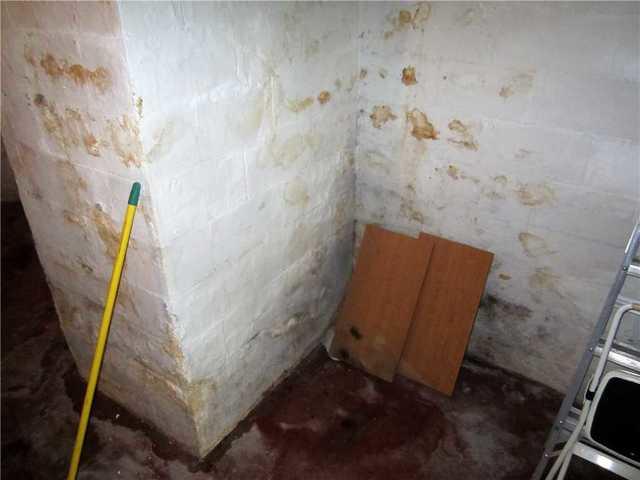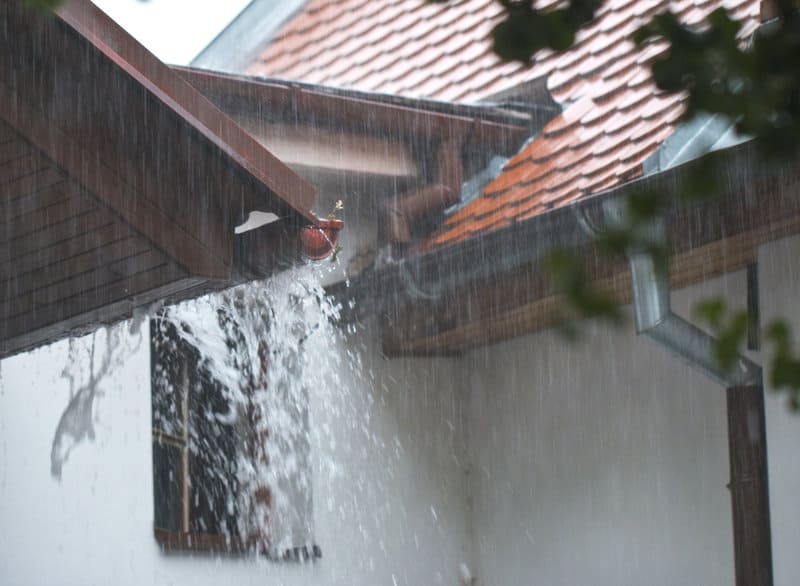Discover and Address Stains from Water Professionally
Discover and Address Stains from Water Professionally
Blog Article
We have unearthed this post on How to Find and Repair Water Leaking in the Wall directly below on the internet and think it made perfect sense to relate it with you on this page.

Water stains on wall surfaces are not positive to the eyes. Your home should be without spots on the wall surfaces, roofing, or floors. That is the perfect state of a residence and its structures. Sometimes it seems virtually inevitable to experience water spots on wall surfaces in residences.
House owners residing in damp regions regularly handle the worry of water stains on wall surfaces. Yet that does not have to hold true for you. With all-around and also precise information on the sources of water stains and also timely repair service procedures, you will always be a step ahead of such incidents. So, this write-up promises to be a practical guide for you.
3 Usual Causes of Water Discolorations on Wall Surfaces
Unlike common belief, water discolorations on wall surfaces do not constantly come from inadequate structure materials. There are a number of root causes of water spots on wall surfaces. These consist of:
Moist
When hot moist air meets dry cold air, it triggers water droplets to form on the wall surfaces of buildings. When there is vapor from food preparation or showers, this takes place in cooking areas as well as shower rooms. The water beads can stain the bordering walls in these parts of your residence and spread to various other areas.
Damp or condensation impacts the roof covering as well as wall surfaces of buildings. When the wall is damp, it develops an appropriate setting for the development of microorganisms as well as fungis.
Poor Water drainage
When making a structure strategy, it is crucial to guarantee sufficient drainage. This will certainly protect against water from permeating right into the walls. Where the drainage system is obstructed or nonexistent, underground wetness builds up. This links to too much dampness that you observe on the walls of your building.
So, the leading source of wet wall surfaces, in this situation, can be an inadequate drainage system. It can additionally be due to inadequate monitoring of sewer pipelines that go through the structure.
Pipe Leaks
Most homes have a network of water pipes within the walls. This guarantees that the pipes are well away from the reach of damaging rodents. It constantly raises the stability of such pipelines, as there is little oxygen within the walls. This dissuades rust.
Yet, a downside to this is that water leak influences the walls of the structure and also triggers prevalent damage. An indicator of damaged pipes is the look of a water tarnish on the wall.
Pro Idea
A houseplant in your house also enhances its humidity. So, if your house is currently humid, you may wish to present houseplants with very little transpiration. An example of suitable houseplants is succulents.
Water Stains on Wall: Repair Work Tips
When dealing with water stains, homeowners would usually want a quick solution. Yet, they would certainly soon understand this is detrimental as the water stains reoccur. Below are a few valuable pointers that will direct you in the repair service of water discolorations on walls:
Conclusion
Although no person wants to have water stains on walls in their house, it can occur to the most effective people. This article provides you take advantage of, as you now recognize exactly how to manage this accident if it does take place.
It is constantly best to hire specialist services to aid take care of the damages in your house.
Often it seems practically unpreventable to experience water stains on walls in homes.
Contrary to prominent idea, water spots on wall surfaces do not constantly stem from bad building materials. There are a number of causes of water spots on wall surfaces. The water droplets can stain the surrounding wall surfaces in these components of your house as well as spread to other areas.
Here are a couple of useful pointers that will certainly assist you in the repair service of water spots on walls:
CHECKING FOR WATER DAMAGE
Water damage can be costly, and it may begin before you even notice the first signs of trouble. Water damage can cause mold and mildew in your walls and floors, which can create an abundance of health concerns for your family. It can also lead to costly repairs of various appliances and general home fixtures. To avoid the pricey consequences of water damage, here are Warner Service’s top 5 places you should check:
The walls – The easiest place to spot the beginnings of water damage is on the walls and ceilings of your home. If water damage is present, there will most likely be water stains, especially around the windows and doorframes, and/or cracks in the drywall. If a stain looks unusual (discolored to brown, black or gray, raised texture), has a swollen appearance or is soft to the touch, contact a professional immediately. The pipes – To avoid water damage, consistently check the pipes in your kitchen (especially the dishwasher and ice maker), bathrooms, laundry room (specifically washing machines) and basement for corrosion, leaks and water stains. Pay special attention to where the pipes connect in your home and the location of caulking around the bathroom fixtures, including toilets, sinks, showers and tubs. Missing or loose caulking and grout could be signs of leaking water. This seepage can also quickly cause mold and rust, so double check your water heater and tank for wet spots on the floor. The floor – Water damage is very easy to spot on the floor. Look for any warping or buckling of the material, especially in the basement. If your home has wood flooring, look for bright white or dark stains. If your home has carpeting, keep it dry and clean. A damp carpet that smells of mold could cause water damage and health problems. To avoid this, consider installing floor pans under your appliances to help prevent damages from small, slow and undetected leaks. The basement and attic – If your basement or attic smells odd check for mold and mildew around the area, especially the valley where the roof meets. While you are inspecting those areas, check for wall cracks, floor stains, rust and dampness in the insulation. If you live in a colder and/or rainier climate, perform routine checks for water damage from melting snow or ice and rain. The exterior – Check the roof for damaged flashing and missing, cracked or curled shingles. There should also be no standing water anywhere outside your home. This could be caused by puddles, leaky rain gutters or hoses, poor drainage, or short gutter spouts. Invest in a sump pump system or water flow monitoring system, and perform routine maintenance on these outdoor appliances to avoid indoor water damage.

As a keen reader about Water Stains on Walls, I imagined sharing that article post was worthwhile. Don't hesitate to take the time to share this post if you liked it. I appreciate reading our article about Indicators of Water Damage Behind Walls.
Issue? Dial fast! Report this page